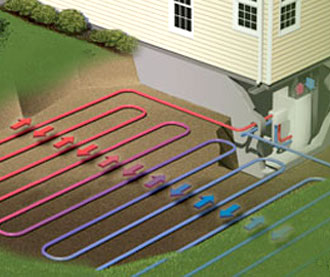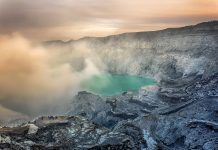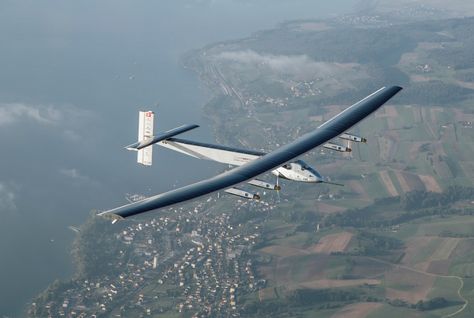
Geothermal energy has always been used by man, but it wasn’t until the late 19th century that geothermal energy was “rediscovered” and used on an industrial scale. Initially, it was used to produce electricity from steam, and then also came to be exploited for heating. The principle is to use boreholes to access heat in ground water, then use it for heating homes.
The first true district heating system fueled by geothermics was in Reykjavik (Iceland); it was built in 1930 and provided heat for about a hundred homes, two pools, a hospital and a school. At present, it heats almost the entire Icelandic capital.
Today, geothermal energy has been given a new boost by the rising costs of fossil fuels and growing awareness of the need to reduce CO2 emissions. Two research programs, Groundhit and Groundreach, are aimed respectively at improving technology and promoting this form of renewable energy within the EU.
In terms of technology, what’s innovative is the geothermic heat pumps that are able to recover energy from all types of ground in Europe, even from 12°C water. Europe’s ground has an average temperature of 18°C, which remains stable throughout the year. The pumps consume energy, but they commonly provide five times more power than they use! A figure which the Ground’hit program (Ground Source Heat Pumps of High Technology) is trying to boost up to six, or even higher. So for very little cost and energy, they can produce 45°C water which can provide underfloor heating for a house or community.
The installation cost is directly linked to that of drilling the borehole. In some cases, for large areas, it’s also possible to bury the water circuit not far below the surface, as the temperature is stable as little as 5 to 6 meters down. Groundhit has created a partnership between researchers in Setubal, Portugal and the French manufacturers at CIAT in order to optimize this technology with more efficient pumps. This pan-European program also aims to develop geothermal techniques adapted to producing very hot water – around 80°C – to replace electric water heaters, which have high energy consumption. The third part of the program concerns geothermics in regions that possess hot underground water, either naturally or from a former district heating system.
Demo sites are located in Austria, Greece and Portugal.




I really like what you guys tend to be up too. This kind of clever work and coverage! Keep up the fantastic works guys I’ve included you guys to my own blogroll.
Thank you so much for your good intentions. Your site seems to have some troubles. Keep in touch.